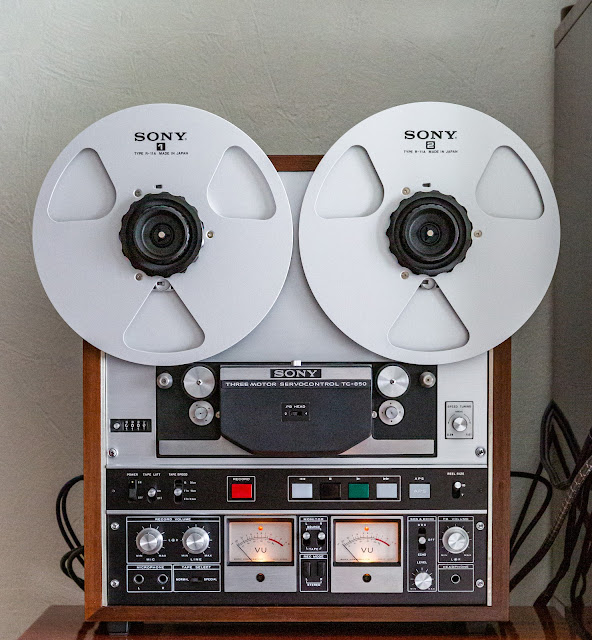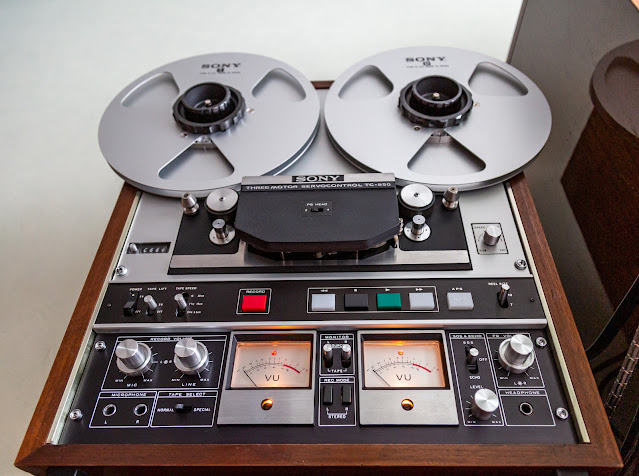https://hifi-wiki.com/index.php/Sony_TC-850-2
https://www.radiomuseum.org/r/sony_stereo_tape_deck_tc_850_2.html
https://reel-reel.com/tape-recorder/sony-tc-850/
DESCRIPTION
The TC 850 was a semi-professional three-motor, four head tape deck with a 10½ ” reel capacity.
The recorder could record in half-track stereo, but thanks to the extra playback head, quarter-track stereo playback was possible.
All transport controls were servo-controlled, which resulted in a seamless transition between transport modes. The recorder was considered ‘easy to use’ by reviewers.
This was not a cheap machine, in 1974 it cost almost twice as much as a Revox A77 so it is fairly easy to see why not many were sold.
- Number of Transistors
- 77
- Semiconductors
- Main principle
- Audio-Amplification
- Wave bands
- - without
- Details
- Tape Recorder
- Power type and voltage
- Alternating Current supply (AC)
- Loudspeaker
- - This model requires external speaker(s).
- Material
- Various materials
- from Radiomuseum.org
- Model: Stereo Tape Deck TC-850-2 - Sony Corporation; Tokyo
- Shape
- Tablemodel, with any shape - general.
- Dimensions (WHD)
- 445 x 501 x 254.5 mm / 17.5 x 19.7 x 10 inch
- Notes
Sony Stereo Tape Deck Model TC-850-2.
Track system: 2-track, 2-channel, stereo/monaural system
Heads: 1 x 2T record, 1 x 2/4T playback, 1 x erase
Motor: 3 motors: 1x capstan, 2x reel
Reel size: up to 10.5 inch reel
Tape speeds: 3 Speeds: 3 3⁄4 7 1⁄2 15 ips
Wow and flutter: 0.03% (15 ips)
Frequency response: 20Hz to 30kHz (15 ips)
Signal to Noise Ratio: 59dB
Input: 70mV (line), 0.2mV (mic)
Output: 0.775V (line)
Semiconductors: 77x transistors, 79x diodes
See also:
Sony TC-850-4 (4-Track Version)
- Net weight (2.2 lb = 1 kg)
- 26 kg / 57 lb 4.3 oz (57.269 lb)

























.png)
.jpg)
.jpg)
.jpg)
.jpg)
.jpg)
.jpg)
.jpg)
.jpg)
.jpg)



























